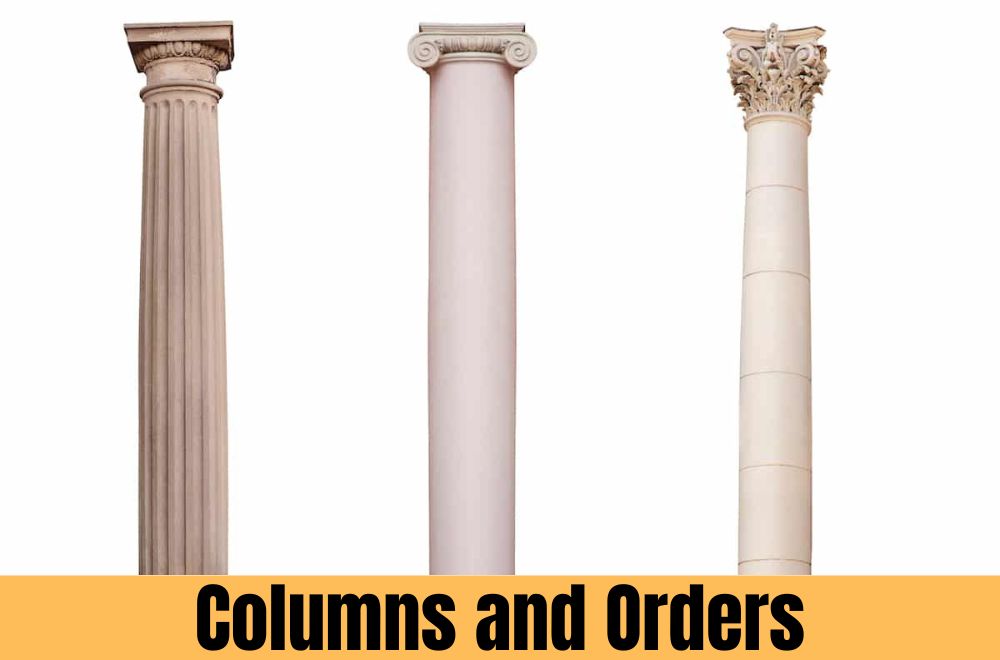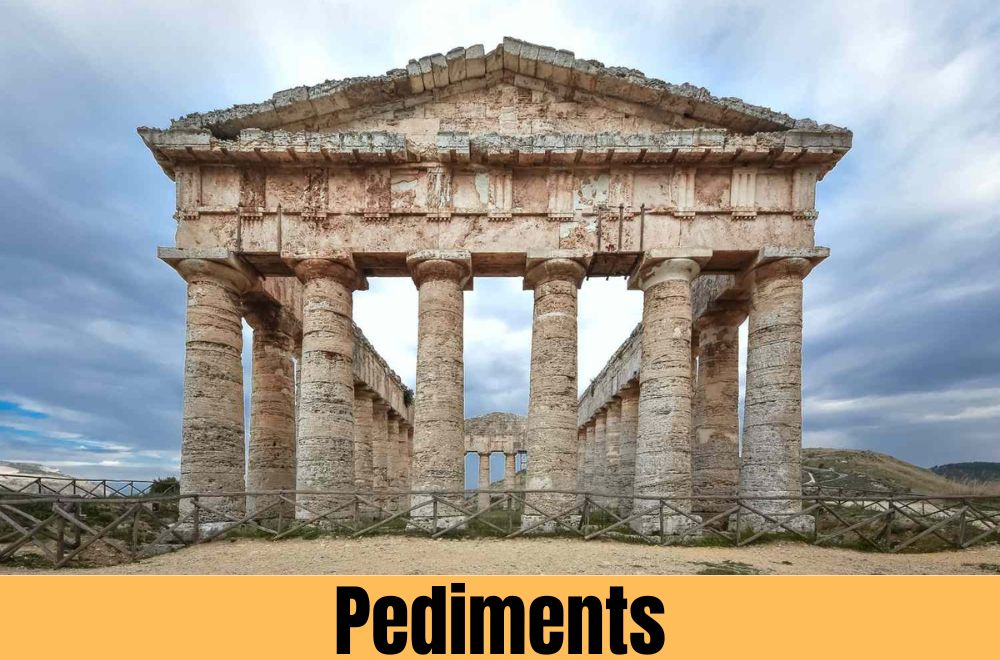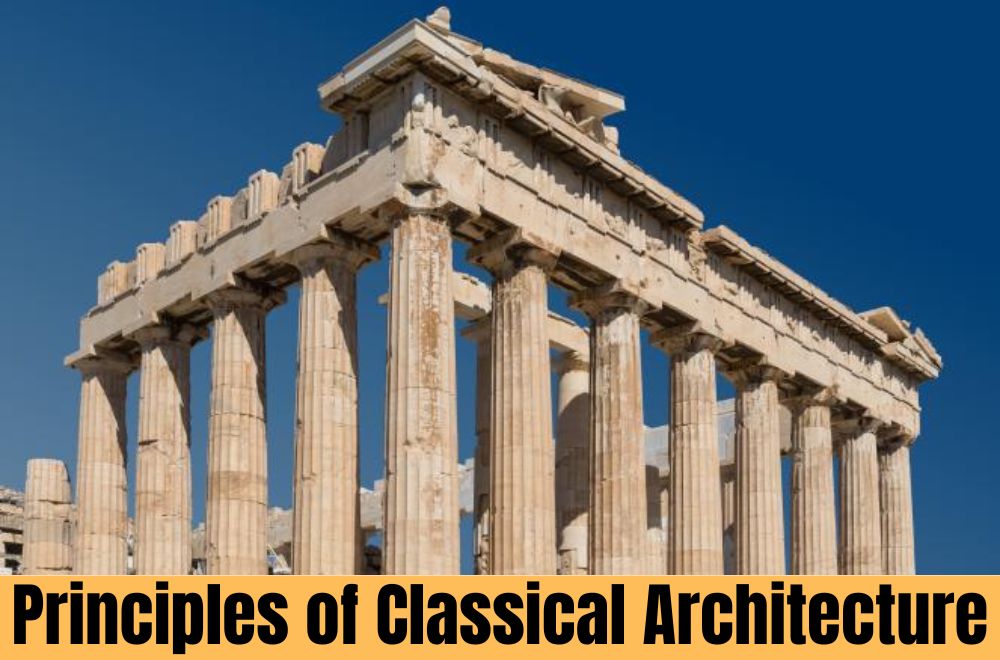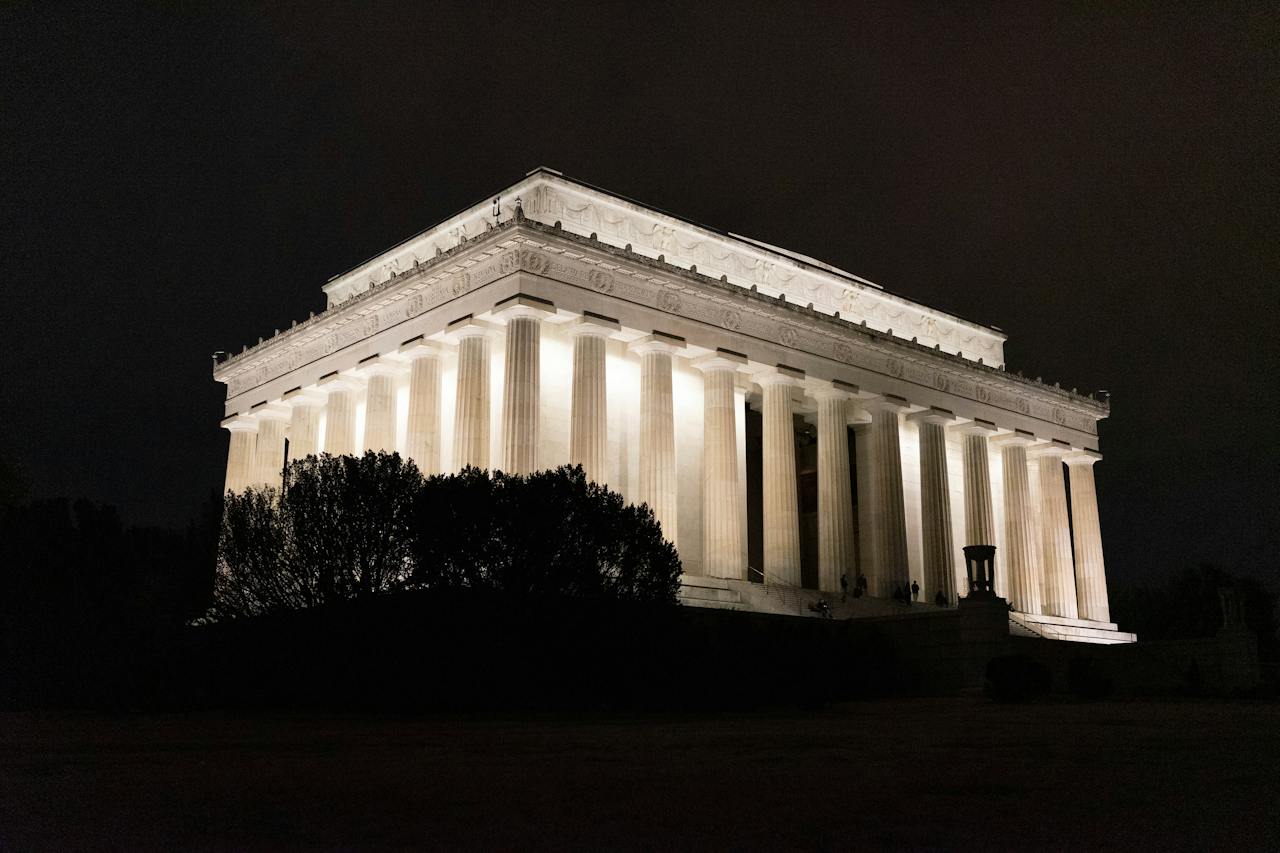Classical architecture, renowned for its timeless beauty, has always been a dominant style of building design for several centuries.
Its origins date back to Greece and Rome in ancient times and have exerted an enduring influence on many prominent structures across the globe. Delving deep into classical architecture guide and the elements that define it, this guide traces both its historical evolution as well as how it still proves pertinent in contemporary modes of construction today.
What is Classical Architecture?

The history of Classical architecture can be traced back to ancient Greece and flourished during classical times. Its fundamental principles emphasize order, balance, and timeless aesthetics. Architectural orders such as Doric, Ionic, and Corinthian are notable features that include unique columns, entablatures along pediments.
Classical architecture endorses proportional harmony, symmetry, and ornamental features such as acanthus leaves and classical statues.
Its ideas have had a substantial influence on noteworthy structures worldwide, affecting several architectural styles and movements throughout history.
Presently, designers continue to draw inspiration from classical architecture by combining traditional methods with contemporary concepts in order to produce buildings that serve as exemplary symbols of exceptional design.
Historical Roots

One can trace the origins of the classical architecture guide to ancient Greece during the 5th century BCE, where the Greeks highlighted harmony and proportion. They created three unique orders namely Doric, Ionic, and Corinthian.
Greek architecture was taken up by the Romans who made alterations to it. Their structures included arches, vaults, and domes among other additions which contributed to their magnificence – exemplified in standout buildings like the Colosseum and Pantheon; displaying how classical architecture had evolved through time while concurrently expanding its range.
Key Elements of Classical Architecture
Columns and Orders

The Doric order is distinguished by its uncomplicated, robust columns that lack a base and possess a capital embellished with an unadorned circular pattern.
The Ionic order showcases more gracile columns furnished with both a base and an intricately decorated voluted capital. In comparison, the Corinthian order exudes opulence through its lavish capitals adorned with acanthus leaves atop elegant column shafts.
Entablature
Atop the columns rests the entablature which comprises three major portions namely, the architrave that marks its lowermost horizontal band, the frieze occupying a central position characterized by ornate carvings or sculptures, and the cornice extending outward from above.
Pediments

Pediments are triangular elements that crown the facade of classical buildings. They often contain sculptures or reliefs, depicting mythological or symbolic scenes.
Architectural Orders in Modern Design
Classical orders continue to influence modern architecture. Contemporary buildings often incorporate columns, pilasters, and pediments, paying homage to the classical tradition while adapting to the needs of the present.
Principles of Classical Architecture

Proportion and Harmony
The Classical architecture guide places a strong emphasis on proportion, seeking a harmonious balance between various elements. The ratio of column diameter to height, the spacing of columns, and the relationship between different parts of a structure all contribute to achieving visual balance.
In the world of architecture, the timeless ideas of balance and symmetry from classical design seamlessly blend with the fresh and modern approach seen in a contemporary style home, where clean lines and innovative spaces take center stage.
Symmetry
Symmetry is a hallmark of classical design. Buildings are often symmetrical along a central axis, creating a sense of order and balance. This symmetry extends to both the exterior and interior of classical structures.
Use of Classical Motifs
Classical architecture uses various decorative patterns such as acanthus leaves, rosettes, and classical statuary. These embellishments add grandeur and adornment to structures enhancing their aesthetic value.
Contemporary Applications
Even in the 21st century, classical architecture remains a captivating source of inspiration for architects and designers. Some prefer to stick closely to traditional forms while others opt to reinterpret and adjust classical elements into new and contemporary designs.
The enduring principles of balance, symmetry, and coherence intrinsic to this style furnish an unwavering basis for various architectural expressions.
Notable Examples
The United States Capitol, Washington, D.C.

The United States Capitol is styled with neoclassical features, taking inspiration from classical architecture. Among its various attributes are a grand dome and columns designed to evoke the ancient world’s aesthetic.
The British Museum, London

Blending classical architecture with contemporary design principles, the British Museum fuses traditional elements with modern twists to seamlessly merge past and present.
Conclusion
Even today, classical architecture – first developed by the ancient civilizations of Greece and Rome – inspires architects and designers alike. Its fundamentals of proportion, symmetry, and harmony are strong reasons that continue to shape our built environment with a beauty that is spread across cultures.
Our classical architecture guide celebrates this enduring power of design through faithful replication or creative reinterpretation; whether captivated by tradition or influenced for generations to come.

